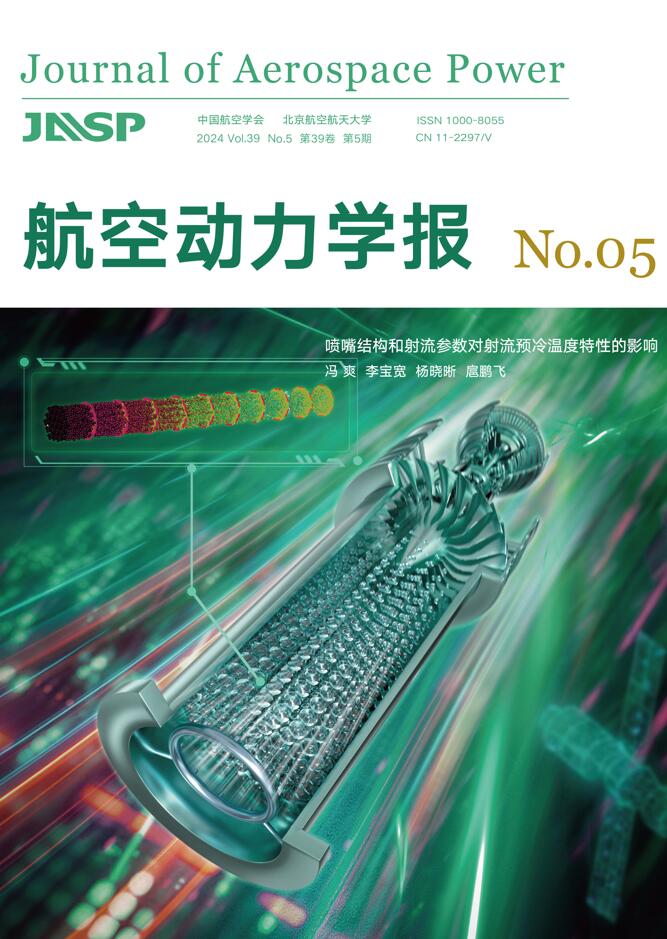2024 Vol. 39, No. 1
Display Method:
2024, 39(1): 20210385.
doi: 10.13224/j.cnki.jasp.20210385
Abstract:
2024, 39(1): 20230146.
doi: 10.13224/j.cnki.jasp.20230146
Abstract:
2024, 39(1): 20220124.
doi: 10.13224/j.cnki.jasp.20220124
Abstract:
2024, 39(1): 20220050.
doi: 10.13224/j.cnki.jasp.20220050
Abstract:











